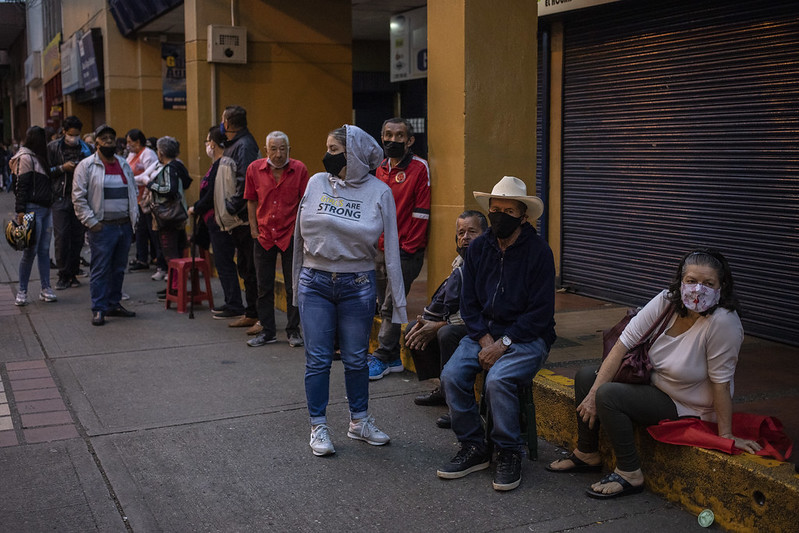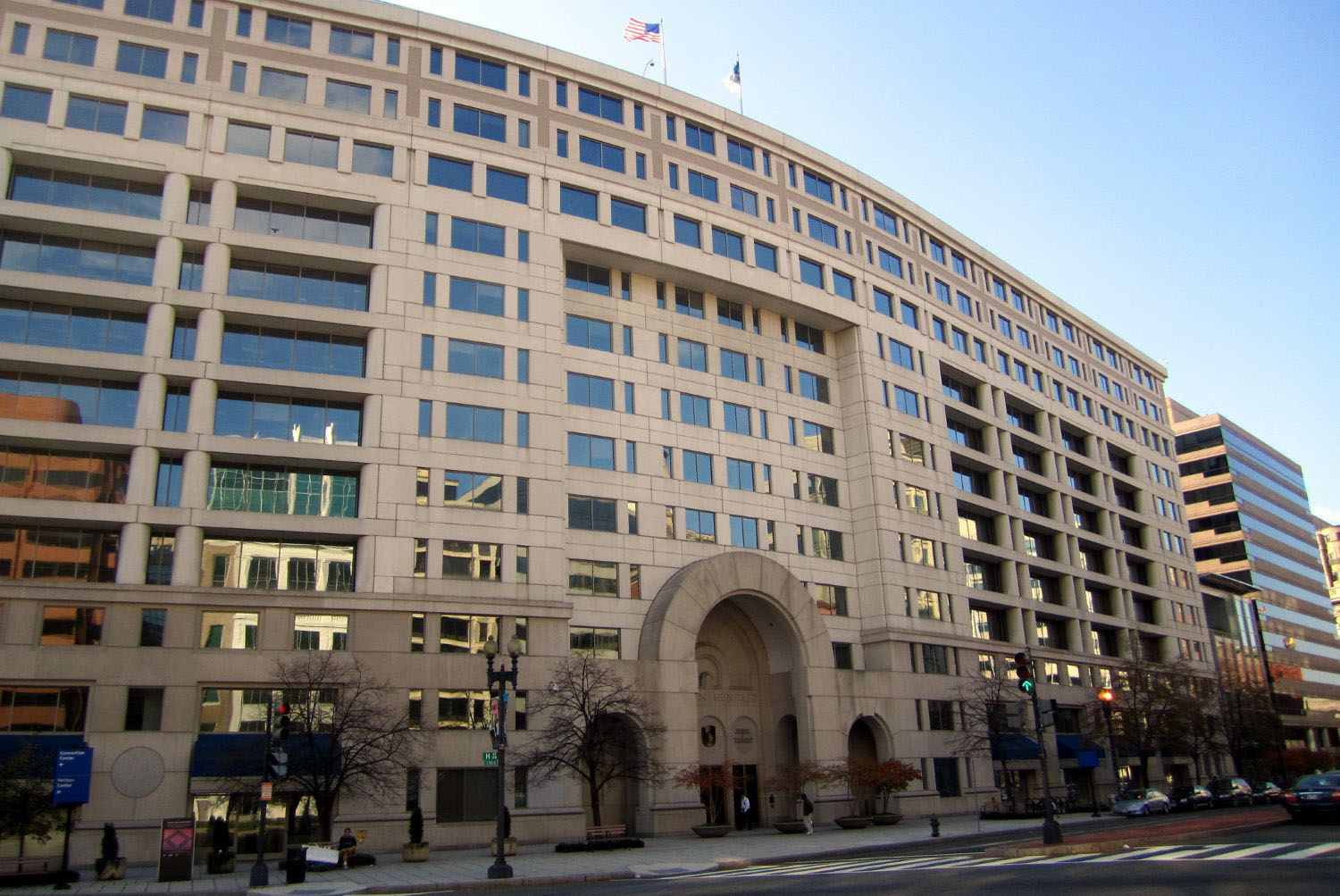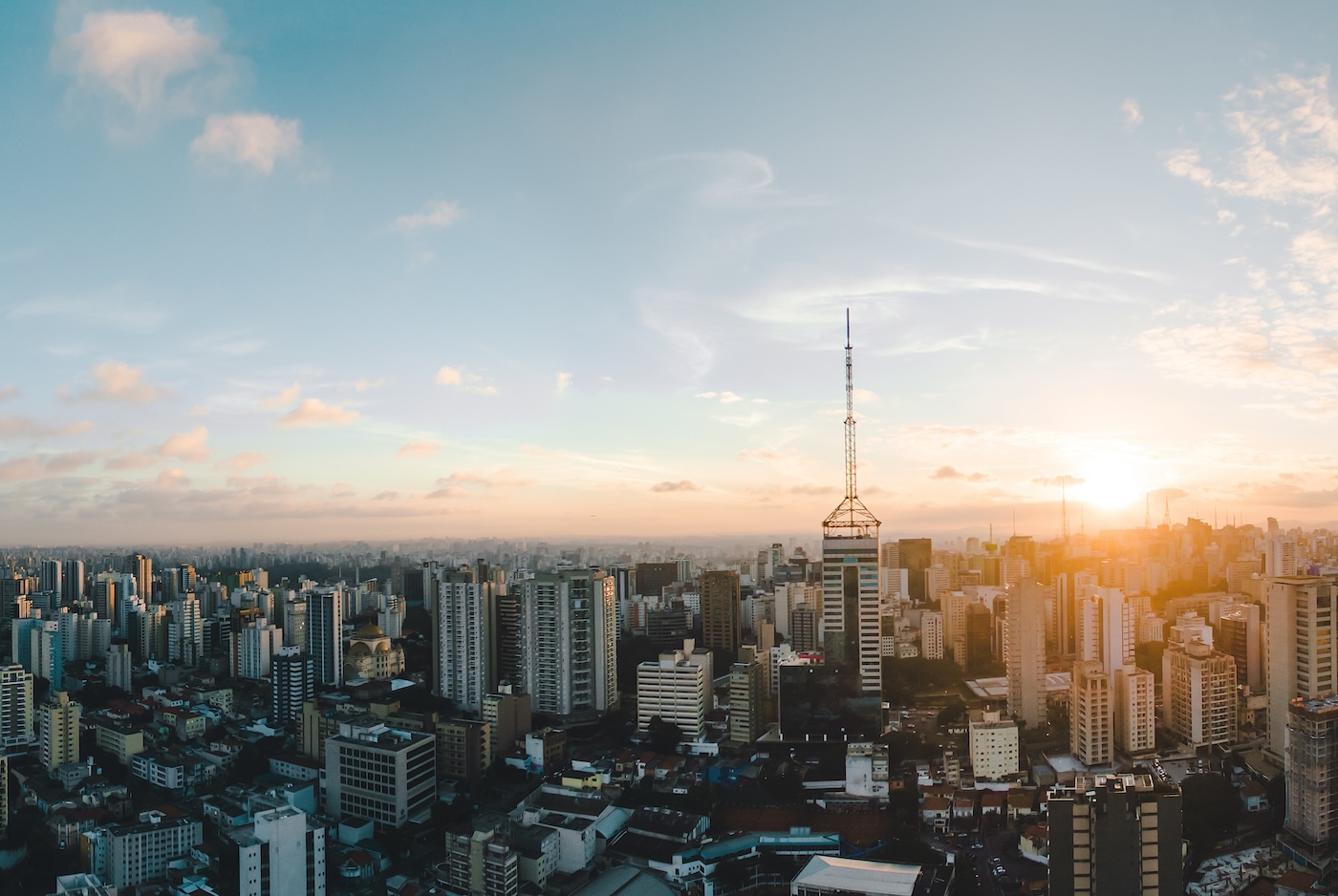Recommended
COVID-19 has hit Latin America hard on the health, economic, and social fronts. Week after week, Brazil, Argentina, Colombia, and Mexico are among the countries with the highest number of COVID cases, and Bolivia, Brazil, Chile, Ecuador, Mexico, and Peru among those with the highest deaths per hundred thousand inhabitants. Last month, the IMF projected the region’s 2020 GDP would show a decline of -7.4 percent, with a small recovery of 4.1 percent projected for 2021. To contain the fallout on living standards, governments faced the enormous challenge of providing safety nets for large numbers of affected households.
In a new CGD Note, we look at these social protection policy responses to COVID in Argentina, Brazil, Colombia, and Mexico. What programs did governments launch? How effective have they been in reaching the beneficiaries of social security systems and existing cash transfer programs, and in providing safety nets for households outside of these existing systems? What is the potential effect of safety net policies on inequality and poverty? The short answer, as we explain below, is that the response has been very heterogeneous. Argentina and Brazil stand out in terms of resources and coverage of vulnerable populations. In Colombia, on the other hand, such efforts have been more limited, and in Mexico, they are downright puny.
Challenges in reaching formal and informal sector workers
Beyond generating the fiscal resources to pay for the mitigation policies, reaching workers in the informal sector was a significant hurdle for Latin American governments—especially given that roughly half of the employed workforce in the region is in the informal sector. When identifying individuals in the contributory social security system and non-contributory cash transfer programs, governments could rely on existing administrative registries. But between one-fourth and one-third of households hit by the crisis relied on income from the informal sector and participated in neither of these systems, making them harder to identify.
All four governments we consider enacted measures to protect the livelihoods of formal workers, including salary and work hours reductions, prohibitions of layoffs, and furloughs. Argentina, Brazil, and Colombia launched programs to subsidize employment in companies that were hard hit by the crisis—including companies in the informal sector. Mexico provided loans to select small and medium-size enterprises. When the crisis hit, Argentina, Brazil and Colombia also had unemployment insurance programs in place for formal sector workers, although the programs were small in scale. Measures targeting informal workers were considered even more important in the public policy agenda given the possible stark effects of the pandemic on the livelihoods of the poor. All four governments maintained their existing anti-poverty noncontributory cash transfer programs, and Argentina, Brazil, and Colombia launched new emergency transfer programs, aimed at informal workers, who form approximately 40 to 60 percent of the working population in these countries. Mexico neither expanded existing programs nor introduced new transfers.
A four-country comparison
These social protection measures were the broadest and most sufficient in Argentina and Brazil, as detailed in a report by Blofield et al. (2020). Both countries integrated the existing non-contributory cash transfer programs’ recipients—AUH (Asignacion Universal por Hijo) and Bolsa Familia—into their emergency aid packages. Most importantly, they established demand-driven mechanisms to reach the informal population. Households could self-identify and apply for transfers designed to meet basic needs, under relatively inclusive eligibility criteria. This enabled both countries to reach a large share of households not covered by existing social protection schemes. By June 2020, new programs reached 9 million recipients in Argentina and nearly one-third of Brazilians. Neither response has been cheap: by mid-year, it amounted to around 2 percent of GDP in Brazil and over 1 percent in Argentina; the figures were likely higher by the end of 2020.
Argentina and Brazil’s generous social protection responses are also reflected in their potential effects on inequality and poverty in both countries. A recent working paper by Lustig et al. (2020) shows that in the absence of any mitigating measures, inequality would have increased from a pre-pandemic Gini coefficient of 0.44 to up to 0.47 in Argentina and from 0.55 up to 0.56 Brazil. Considering the expanded social assistance, inequality may have risen instead up to 0.45 in Argentina and even declined in Brazil. The number of poor could have risen by 1.6 million individuals in Argentina, and by 5.8 million individuals in Brazil, using the poverty line of US$5.5 per day PPP. With the expansion of social assistance programs, the increase could be closer to 0.6 million in Argentina, while the number of poor could even decline in Brazil.
In Colombia, mitigation measures fell short of those offered by Argentina and Brazil. The Colombian government pre-set the number of emergency cash transfer recipients at three million, and those in need could not apply directly but were selected by the government through existing registries. The program ended up covering only the equivalent of about 20 percent of the informal workforce in the country, leaving a considerable social protection gap. The government also followed a much more conservative approach in the amount spent as the transfer covered only a fraction of basic necessities for a family.
As a result, the offsetting effects of Colombia’s new programs on inequality and poverty were also more limited. In the absence of any mitigating measures, inequality in Colombia could rise from 0.55 to up to 0.56, and 2.5 million individuals could fall below the poverty line in 2020 (using the US$5.5 per day PPP poverty line). After accounting for the expansion of social assistance, inequality is still projected to increase by a similar degree, and the increase in the number of poor could be closer to 2.3 million.
Finally, Mexico pursued the most limited strategy of all four countries. Mexico established practically no federal-level measures to mitigate the income shock for informal workers. There was no national-level expansion of existing cash transfer assistance nor introduction of new cash transfer programs. In Mexico—as in Colombia—subnational programs sought to fill some of the gaps but remained far from sufficient. Of all four countries, Mexico’s inequality and poverty has so far risen the most, with alarming levels of food insecurity in households with children in particular. Inequality is projected to rise from a pre-pandemic Gini coefficient of 0.46 up to 0.48, and around 9 million individuals are likely to fall below poverty line.
Urgent action is needed to protect the vulnerable
While Argentina and Brazil managed to protect vulnerable populations from the worst of the crisis in 2020, these achievements are fragile. Both countries ended their emergency assistance programs at the end of 2020, while Colombia’s emergency aid program, even though meager, is slated to continue until mid-2021. As the region is nowhere near conquering the pandemic, we urgently call for further assistance to vulnerable households to stave off extreme hardship.
Beyond its short-term impact on inequality and monetary poverty, the pandemic has caused damage for the most vulnerable groups in other dimensions of poverty: nutrition, health (physical and mental), and education. According to a recent analysis by Nora Lustig, Guido Neidhöfer, and Mariano Tommasi, the pandemic could result in a reduction in the probability of completing secondary education from 46 to 38 percent in Argentina; 57 to 23 percent in Brazil; 26 to 18 percent in Colombia; and 54 to 24 percent in Mexico for children from households with low-educated parents. Along with further monetary assistance to vulnerable households, governments should consider the safe re-opening of schools, with special attention to vulnerable groups, a priority. Without immediate policies in place to alleviate these impacts, the negative effects could reverberate for generations to come.
Disclaimer
CGD blog posts reflect the views of the authors, drawing on prior research and experience in their areas of expertise. CGD is a nonpartisan, independent organization and does not take institutional positions.
Image credit for social media/web: IMF Photo/Joaquin Sarmiento






